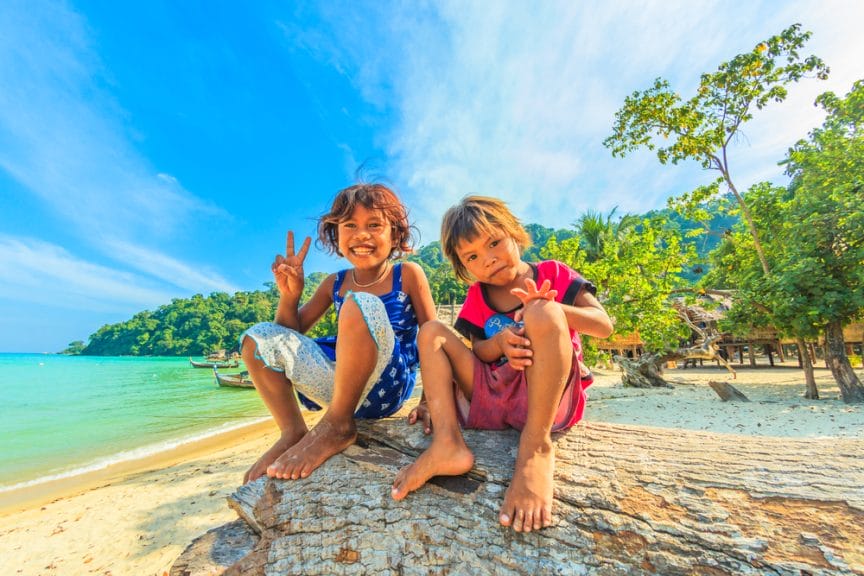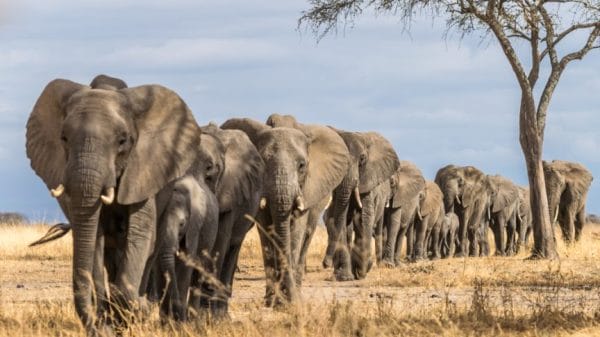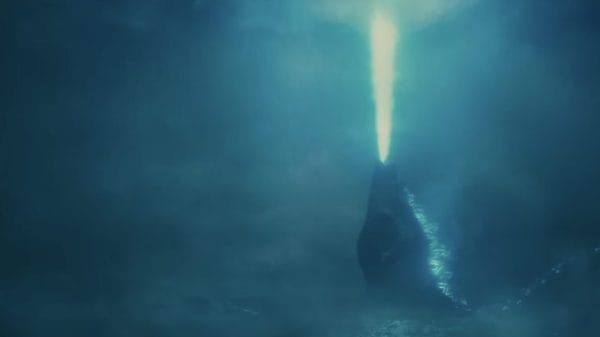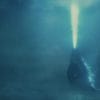There is a tribe in Thailand called the Moken Tribe, and the children in the tribe can see underneath the water with great clarity. How did they learn this skill? Well, let’s dive into how.
The Moken people live deep in the island archipelagos on the Andaman Sea along the west coast of Thailand, also known as sea nomads.
The children spend most of their time in the sea diving for food. This job is easy for them because they can see underwater, and this skill may be easily accessible to other young people.
Anna Gislen at the University of Lund in Sweden was investigating different aspects of vision when one of her colleagues suggested studying the Moken tribe in 1999.
Gislen and her six-year-old daughter traveled to Thailand and integrated into the Moken community.
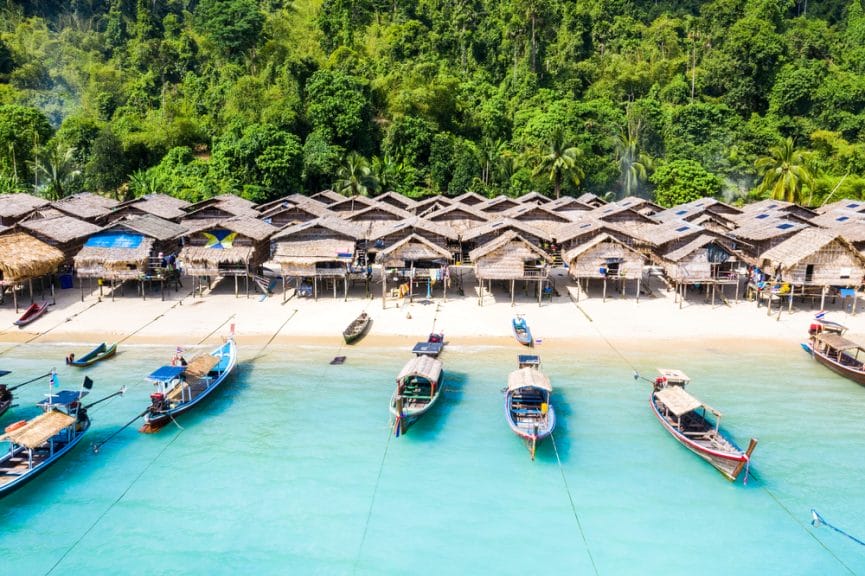
Their houses sat on poles so they could see the tide coming in. When the tide came in, the kids splashed around in the water and dived for food that lay meters below what Gislen could see. Gislen said they had their eyes wide open, swimming with no problem like little dolphins.
Gislen created an experiment to see how good the children’s vision was which they enjoyed because they thought of it as a game.
The kids had to dive underwater and place their heads on a panel. Then, they could see a card that displayed either vertical or horizontal lines. They had to stare at the card and then go back to the surface and report which direction the lines went.
Each time the kids dived down, the lines would get thinner to make it harder to see. The Moken kids were able to see twice as well as European children who performed the same task at a later date.
You wonder how are they able to do that. Well, to see clearly on land, you need to be able to refract light that enters the eye onto the retina. The retina sits at the back of the eye and contains specialized cells that convert light signals into electrical signals that the brain interprets as images.
Light is refracted when it enters the human eye because the outer cornea contains water, which makes it slightly denser than the air outside the eye. An internal lens refracts the light even further.
When the eye is immersed in water, which has about the same density as the cornea, you lose the refractive power of the cornea, which is why the image becomes blurry.
Gislen figured the Moken children must have figured out how to use their eyes differently underwater or an adaption that changed the way their eyes worked.
She figured the adaptation theory was not likely because the kids would not be able to see well above water, which she later proved with an eye test.
Gislen had two theories about underwater vision: either you change the shape of the lens, which is accommodation or make the pupil smaller, increasing the depth of field.
The kids’ pupils were measured, which revealed they are able to constrict their pupils to the maximum known limit of human performance. This alone couldn’t fully explain the degree to which their sight improved, which led Gislen to think accommodation of the lens was also involved.
It’s also possible the children’s eyes are adapted to seawater avoiding irritation by the salt.
Gislen also tested a few adults in the tribe in the same way as the children. They showed no unusual underwater vision or accommodation. It is said that adults lose the ability to see as clearly as children. The adults in the tribe catch most of their food by spearfishing above the surface.
Gislen says as people get older their lenses are less flexible. She also wondered if the kids had a genetic anomaly or if their skills were just thanks to practice.
She gathered a group of European kids who were on holiday in Thailand and a group of Sweden kids as well. The children took part in training sessions where they dove underwater and tried to work out the direction of lines a card. After a month consisting of 11 sessions, both groups had attained the same underwater vision skills as the Moken children.
Gislen said the vision was different for each child but their vision did improve. She did notice that the European kids’ eyes were red and irritated by the salt water unlike the Moken children, who had no problems.
Gislen decided to return to Thailand to visit the Moken tribe in 2004. A tsunami created by a giant earthquake within the Indian Ocean destroyed much of the Moken’s village. The Thai government has been trying to move them onto land by building homes further inland and employing members of the tribe at the National Park.
Gislen tested some of the same kids in her original experiment, who would be in their teens at the time, to see if they were still able to see clearly underwater. She wasn’t able to test many adults, but she is certain they would have lost the ability.
Unfortunately, the children in her experiment may be the last children in the Moken tribe to have underwater vision skills as they don’t spend as much time in the sea anymore.


